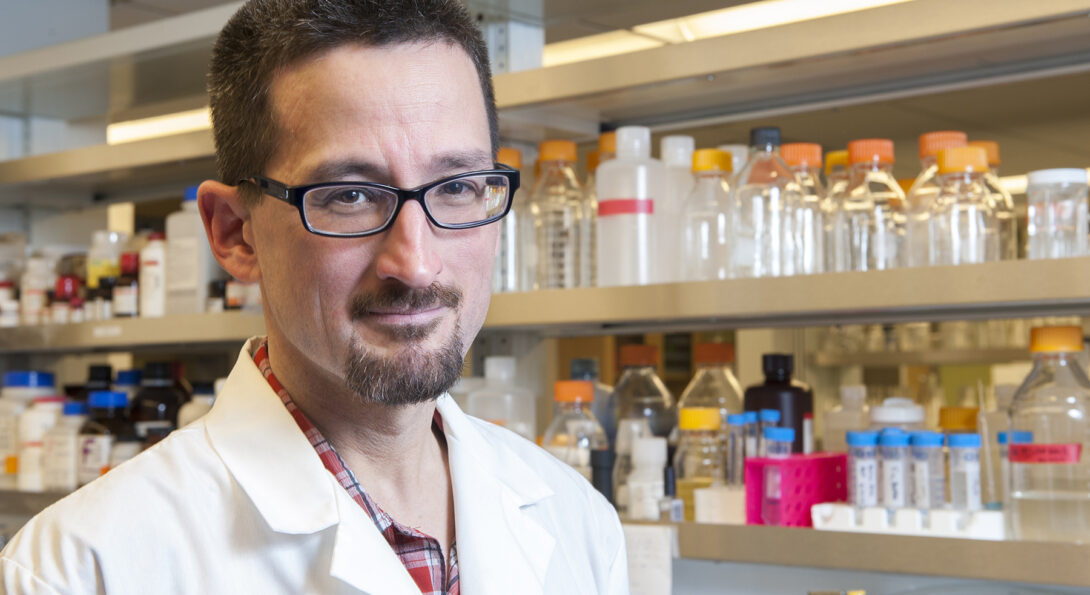Collaborating at the cellular level

Introduction
As the incidence of diabetes continues to increase worldwide, researchers like Timothy Koh are seeking answers to the serious complications associated with the disease.
One of the biggest problems: wounds or sores on the foot for people with diabetes, instead of healing normally, can become dangerously infected and lead to limb amputation. The five-year mortality rate after amputation for people with diabetes is higher than for many cancers.
“One of the characteristics of these wounds is a chronic inflammatory response. We want to find ways to target this inflammatory response to improve healing and prevent this bad sequence of events,” said Koh, professor of kinesiology and nutrition.
Over the last 15 years, Koh’s research has focused on the role that macrophages, a type of white blood cell in the immune system, play in tissue damage, repair and regeneration. Some types of macrophages promote healing; others destroy tissue. Little is known about how this process works in wounds.
His work is translational: some studies focus at the cellular level, while other projects direct those findings toward potential treatments.
“The overall vision guiding our approach is that by identifying novel regulators of macrophage function during wound healing, we can develop new approaches to manipulate inflammation and improve healing of poorly healing wounds, and in the process, generate a pipeline of candidate therapies to translate into clinical studies,” he explained.
For the next phase of his ongoing research on macrophages, which has been funded since 2011 by the National Institutes of Health, Koh is using single-cell analysis to dive deeper into their functions in wounds.
“These new techniques allow you to get a very comprehensive view of gene expression profiles of individual cells in wounds,” Koh explained. ”You can look at the full gene expression profile of a single cell, and do that over the thousands of cells you find in wounds.” The result, he said, “is a giant pile of data that you have to figure out how to best analyze.”